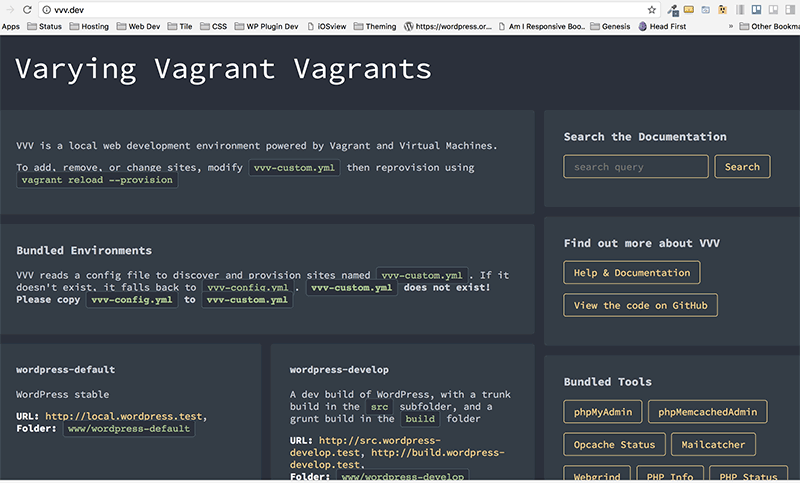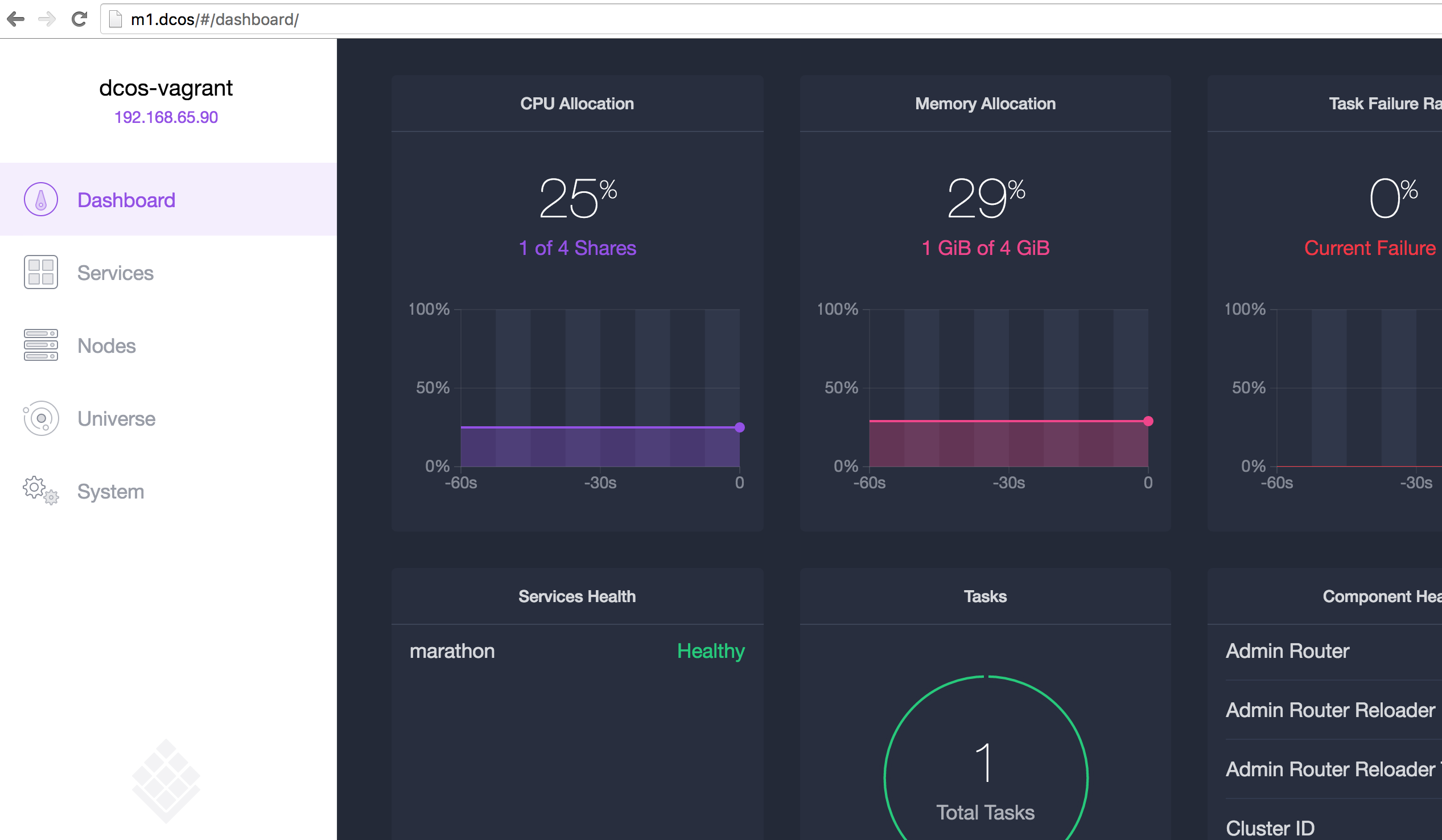

Let's take a pre-fabricated machine from the organization's repository, HashiCorp, and configure an instance of it. Now you're ready to try configuring a virtual machine. Version prints current and latest Vagrant versionįor help on any individual command run `vagrant COMMAND -h`Īdditional subcommands are available, but are either more advanced Up starts and provisions the vagrant environment Status outputs status of the vagrant machine Ssh-config outputs OpenSSH valid configuration to connect to the machine Share share your Vagrant environment with anyone in the world Resume resume a suspended vagrant machine Reload restarts vagrant machine, loads new Vagrantfile configuration

VAGRANT SOFTWARE CODE
Push deploys code in this environment to a configured destination Plugin manages plugins: install, uninstall, update, etc. Package packages a running vagrant environment into a box

Init initializes a new Vagrant environment by creating a Vagrantfile Global-status outputs status Vagrant environments for this user v, -version Print the version and exit.īox manages boxes: installation, removal, etc.Ĭonnect connect to a remotely shared Vagrant environmentĭestroy stops and deletes all traces of the vagrant machine You should get something looking like this: $ vagrant Next, try the vagrant command from your OS prompt. This tutorial is geared for VirtualBox but you can also use VMWare or Microsoft Hyper-V (there is a $75 plugin to Vagrant to configure VMWare virtual machines). You'll want to make sure your machine can run typical virtual machine engines such as VirtualBox. Vagrant – a quick startįirst, download Vagrant from.
VAGRANT SOFTWARE INSTALL
You can also install a dependency management tool, such as Berkshelf or Librarian, which allows you to create create and find cookbooks using versioning.
VAGRANT SOFTWARE SOFTWARE
Chef is another open source project that provides recipes, sets of instructions, to install software on a virtual machine. You can bring in all sorts of tools to help you fetch the right software, including the extremely popular choice, Chef. Finally, Vagrant boxes can be removed by using the destroy command. Vagrant boxes are suspended or halted (a VM pause or shutdown) when you're finished using them. The Vagrant team uses the command vagrant up to signify the starting up of a Vagrant box. Vagrant boxes go through two initialization stages – configuration, where the virtual machine is actually created, and provisioning, where software is installed and various network settings are applied. You can also build your own boxes from scratch using Virtualbox. If it's close, you can create a new one based on it. You can find a ton of existing boxes at – if one suits your needs exactly, you can use it directly. Vagrant uses boxes – essentially virtual machines pre-configured with software – as the starting unit of any configuration. You can use Vagrant to share configuration scripts via a centralized repository, or embed a Vagrant configuration into the source code of your project to make it easy to set up the development environment. Vagrant works with VirtualBox, VMWare, and even Microsoft HyperV, and you can write provisioning scripts in a special file, Vagrantfile, which uses Ruby, and use any of a number of plugins to make your life easier such as Chef, Berkshelf, and Librarian. Vagrant is a tool that provisions virtual machines in a scripted way, so that the machines can be rolled out to a team of developers, or as nodes of a cluster, with ease. In this first article, we'll discuss Vagrant.
VAGRANT SOFTWARE HOW TO
At the end I'll provide you a few scenarios of how to work with these tools to set up consistent environments. This series of articles will attempt to explain what these tools do and why you may want to investigate using them. As a developer, you've probably heard about Vagrant, Docker, Chef and other VM and container tools.


 0 kommentar(er)
0 kommentar(er)
